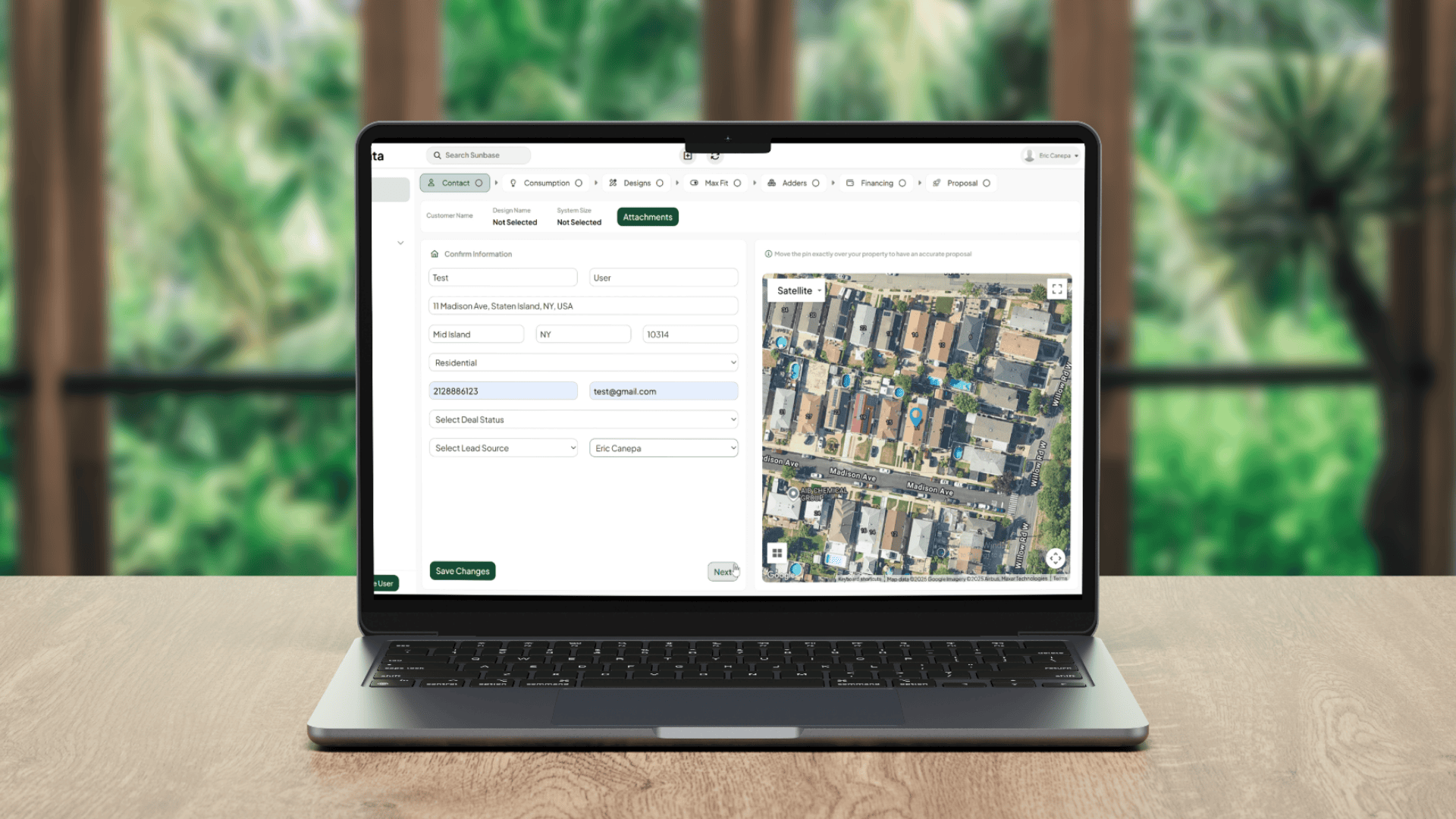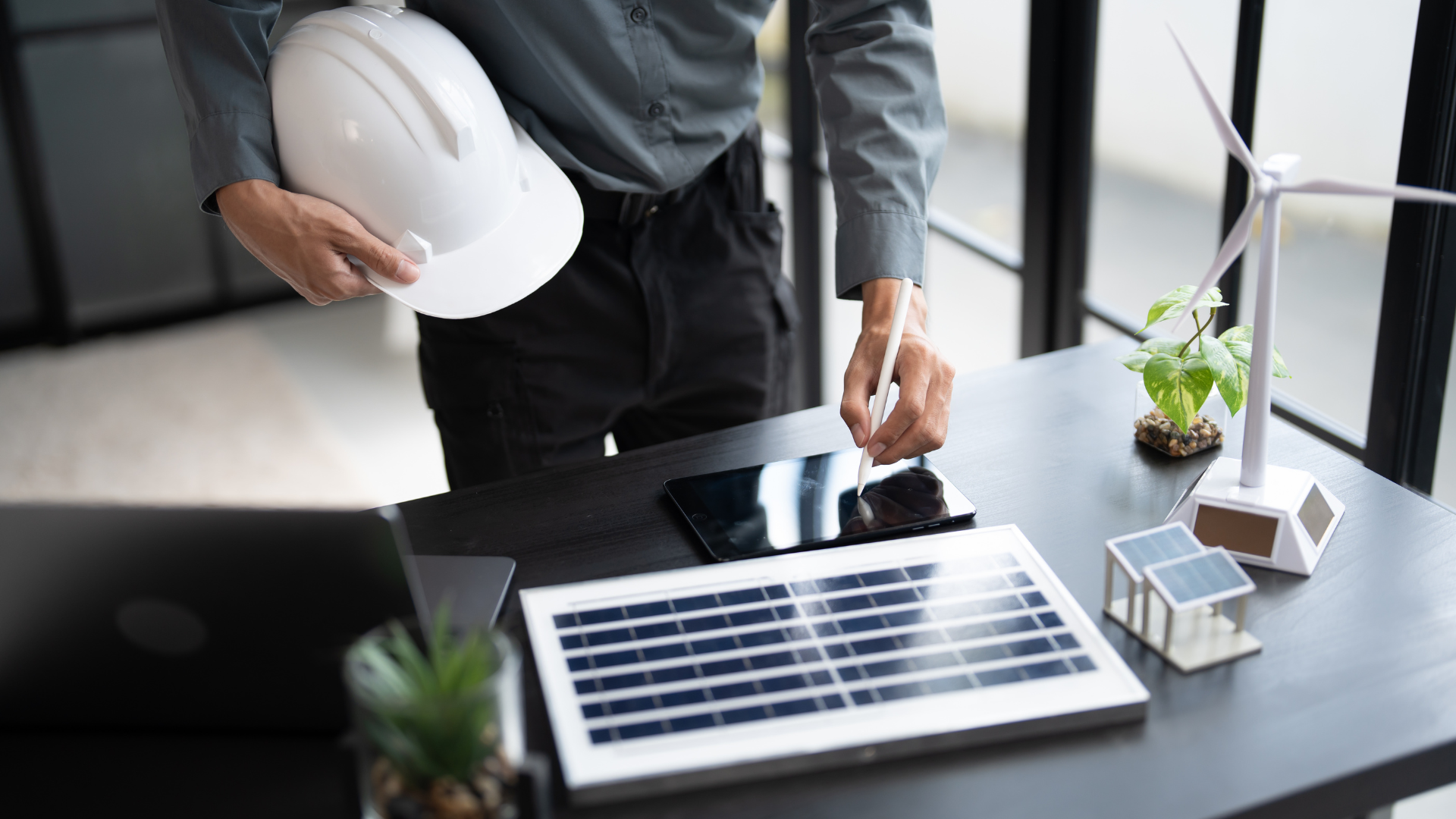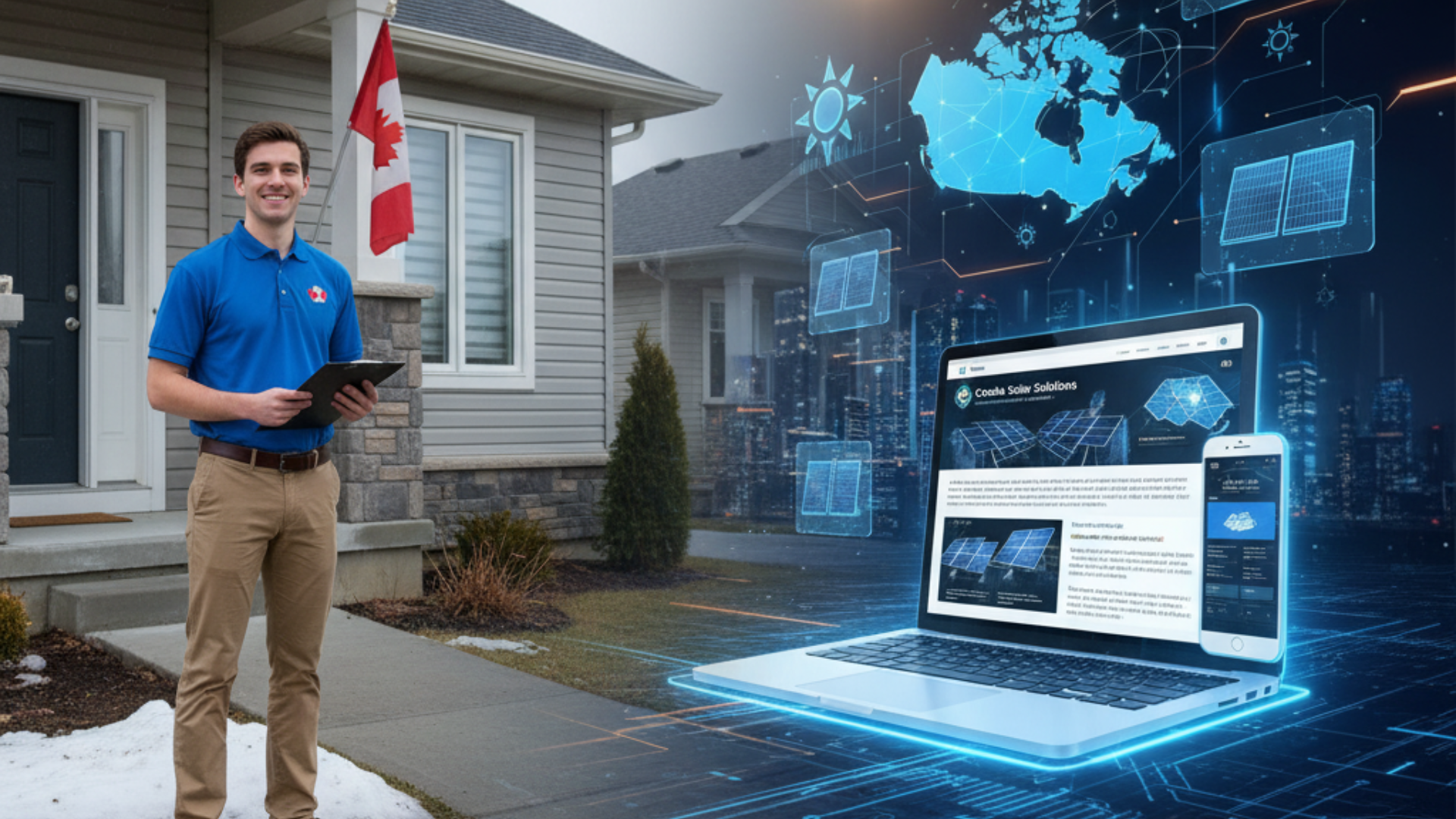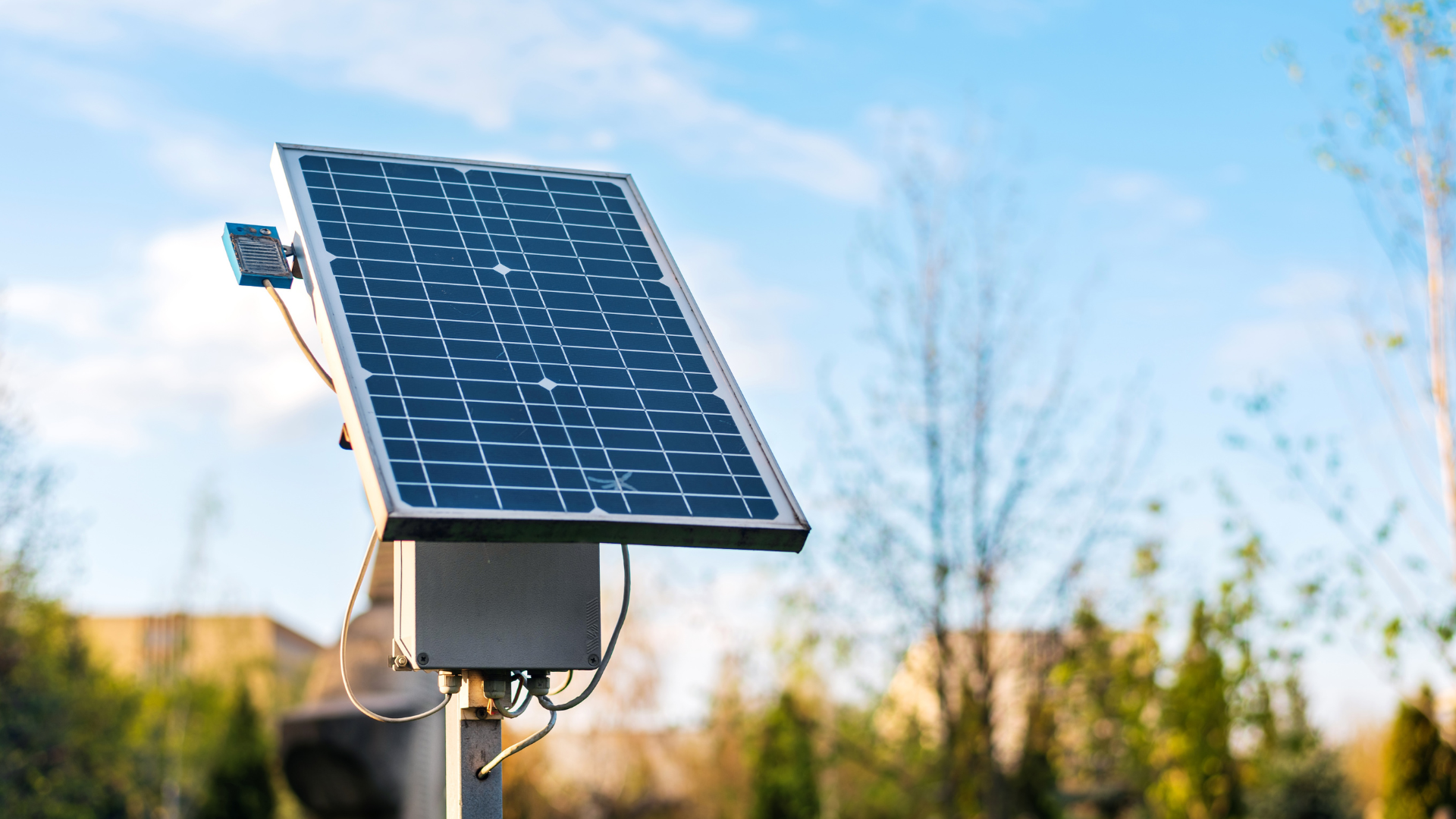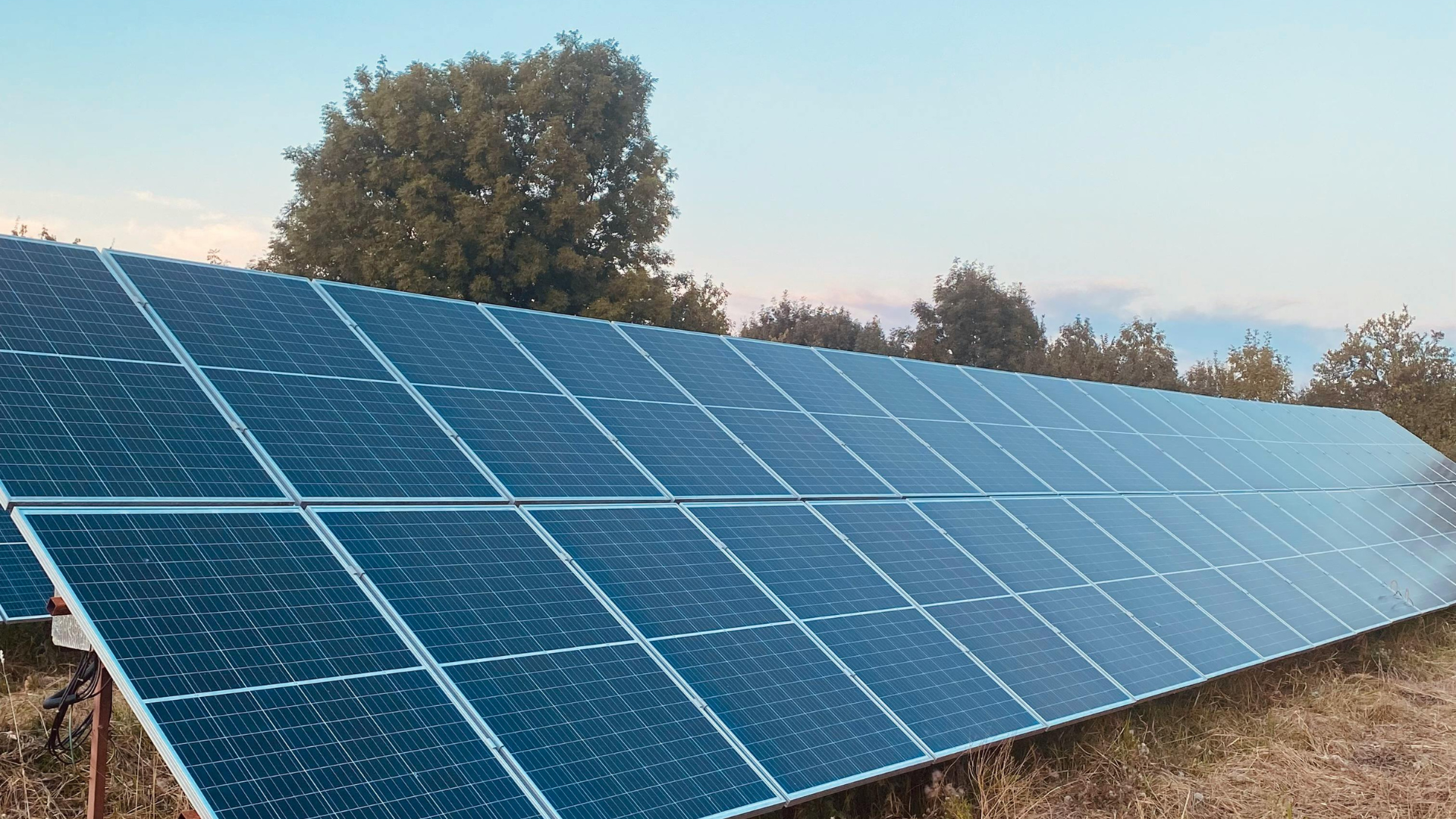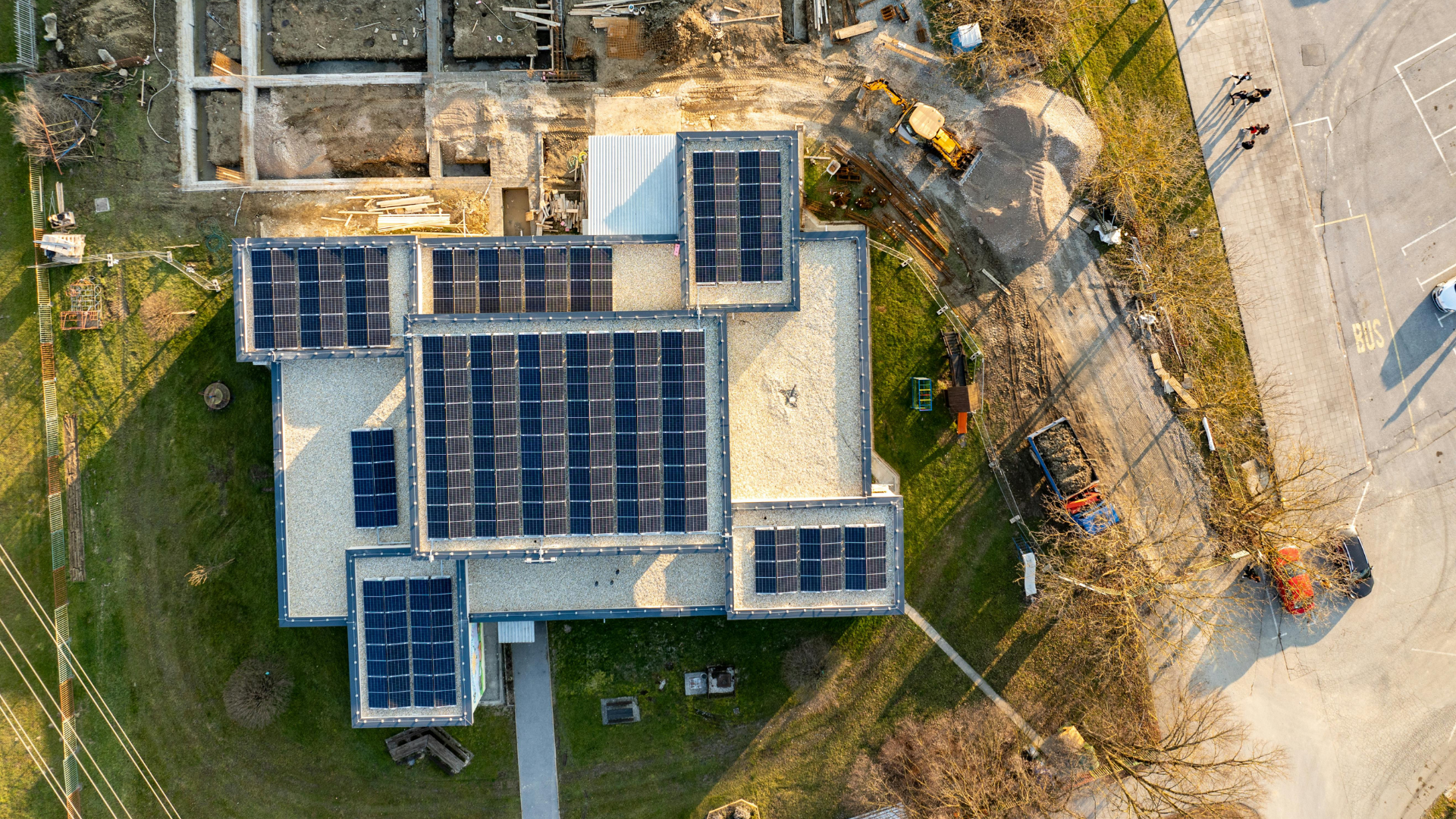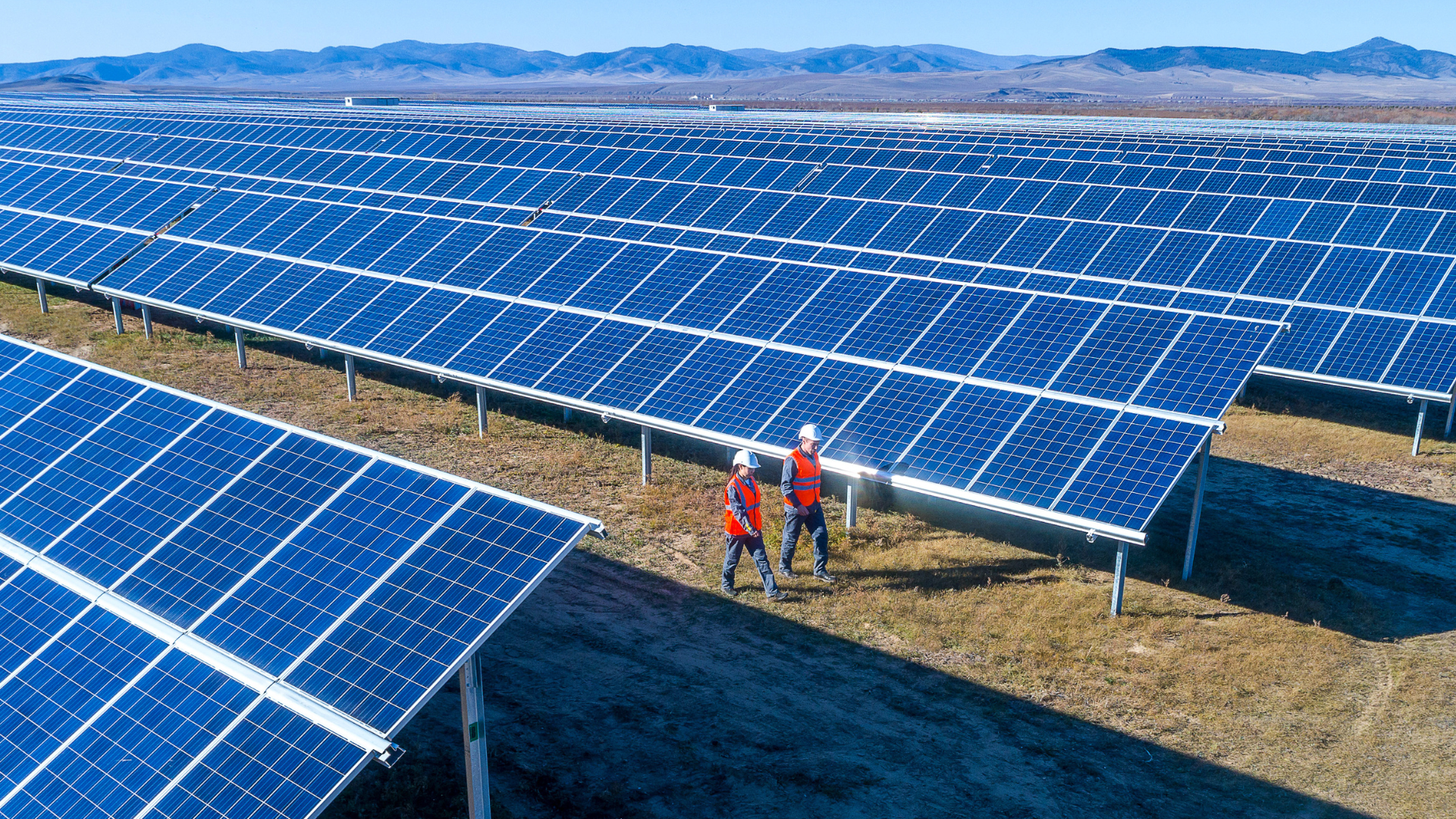August 10, 2022
What is a solar panel installation project?
A solar panel installation project refers to the process of solar installers installing solar panels on a structure, typically a roof. Solar panel installation projects can range from small-scale residential projects to large-scale commercial projects. There are a number of considerations that need to be taken into account when planning a solar system panel installation solar project, including the type of solar power system panels solar installer is to be used, the size of the project, solar technology, solar electricity federal tax credit energy efficiency and the location of the project.
Check out Sunbase all-in-one solar software that has tools like solar project management software, solar proposal software, solar installation software, etc. Book a demo if you're interested!
What are the differences between small scale residential solar projects and large scale commercial solar projects?
Solar energy has been increasing in popularity in recent years as an alternative renewable energy source. Solar photovoltaic (PV) systems, which convert sunlight into electricity, are a key part of this technology. These systems can be used on a small scale, for residential solar projects, or a large scale, for commercial solar projects. So, what are the differences between small scale residential solar projects and large scale commercial solar projects? In this part of the blog post, we will explore the key differences between these two types of solar projects, in terms of scale, cost, and efficiency.
There are several key differences between small scale residential solar projects and large scale commercial solar projects:
1. Solar panels for residential projects are typically smaller in size:
Solar panels for residential projects are typically smaller in size than those for commercial projects. This is due to the fact that most residences have limited roof space, making it necessary to use smaller panels.
2. Commercial solar projects often require more power :
Commercial solar projects often require more power than residential ones. This is because businesses generally use more energy than homes. As a result, commercial solar installations typically have more panels than residential ones.
3. Residential solar projects are usually less expensive:
Residential solar projects are usually less expensive than commercial ones. This is because businesses tend to have higher energy needs, meaning they require more equipment and materials.
4. Commercial solar projects are typically warrantied for a longer period of time:
Solar panels for commercial projects are typically warrantied for a longer period of time than those for residential projects. This is because businesses tend to use their solar installations more heavily than homes, meaning they are more likely to experience wear and tear.
10 steps you need to know for proper solar installation
Solar installation might seem like a daunting task, but it doesn't have to be. With a little bit of planning and the right team, you can have your solar system up and running in no time. Here are 10 steps you need to know for proper solar installation:
1. Examine your electricity bill:
Before beginning the solar panel installation process, the very first step is to examine your electricity bill. You may estimate your monthly use in kWh by glancing at your electricity bill. Based on this figure, you will determine the "size" of your solar energy system since you will need a certain number of solar panels to meet your energy needs this will give you an idea of how much energy you use and how much it costs. Based on this information, you can determine how many solar panels you'll need to offset your energy usage.
2. Panel model and installation company selection:
The final outcome greatly depends on the company you choose to supply and install your solar energy equipment panel model selection is important. Some models are better suited for certain types of roofs or weather conditions. Be sure to do your research and select a panel that will work well in your area. Simulate the costs involved and the potential savings. Select a company that already has a presence in the market
3. Technical and feasibility study:
A technical and feasibility study is essential for any solar installation project. This study will assess the specific site conditions and determine whether the project is technically viable and feasible. The study will also help to identify any potential risks or challenges that may need to be addressed during the project. Proper solar installation cannot be done without a technical and feasibility study. A technical and feasibility study will assess the following:
- Site conditions
- Technical viability
- Financial feasibility
4. Determine your budget:
You can estimate the cost of installing solar energy in your house or place of business based on the monthly energy consumption listed on your electricity bill. You'll need to determine your budget for your solar installation. This will help you determine the size and type of system you'll need. You'll also need to factor in the cost of installation, which can vary depending on the complexity of your project. Once you have a budget in mind, you can begin shopping for solar panels and other equipment.
5. Access to the electrical grid:
After determining the number and weight of the required panels and the installation location, it is crucial to assess the conditions for integrating the photovoltaic solar system with the on-site electrical network. The current created must be conducted to the photovoltaic inverter and converted to the consumption pattern, according to the system known as on-grid or off-grid, for the energy produced by the capture of solar energy to reach the electrical solar equipment .This means having an electrical panel that's compatible with solar panels and being able to connect your panels to that panel.
6.Facility Design, Permits, and Grant:
Following the completion of the preceding stage, the installer will provide an installation plan outlining the specific production goals for the solar panels they will be installing on your roof. If you agree to the proposal, it is time to apply for the necessary permits to make the installation for self-consumption legal before mounting the solar panels. solar design software
7. Energy concessionaire approval is required:
Energy concessionaire approval is required for the system to be fully implemented, and this includes both the installation on the property and its connection to the electrical grid. Specialized engineers and technicians have been hired to handle this duty, and they will use the technical analysis and the building's characteristics to seek the electrical distribution company for permission.
8. Site inspection:
This crucial stage in the solar panel installation. In order to install solar panels, a location must first be examined or searched. It must face the sun in the correct direction. Additionally, the location should be at a reasonable height or have level ground.
9.Installation of panels and converter:
Based on the specified project and the assessment of the solar incidence on the property, the chosen business may install solar panels after receiving authorization from the concessionaire. The panels are fixed with brackets at the desired place, and cables are linked between the converter and the distribution board. All of the materials must be up to date, of high quality, and properly approved and certified.
10.Dealership inspection:
The concessionaire must be inspected as the final stage before photovoltaic solar energy is used. Electric company technicians visit the location of the installation to ensure that everything was done properly before approving the commencement of system use. A bidirectional metre is installed during the procedure to measure how much energy will be used on the property each day as well as how much will be injected into the network, allowing energy credits to be made available to the utility.
Conclusion :
Solar panel installation projects can be complex, but our team has the experience and expertise to make the process as smooth and stress-free as possible for you. We understand that going solar is a big decision, so we want to make sure you have all the information you need to feel confident in your choice. If you’re interested in learning more about our solar sales software, please contact us today.
Sunbase all-in-one software
Sunbase helps solar companies succeed through a suite of Solar CRM tools like Solar Lead Management Software, Solar Proposal Software, etc.! To book your free demo or an appointment, contact us here!
I agree to receive marketing messaging from Sunbase at the phone number provided above. I understand data rates will apply, and can reply STOP to OPT OUT.


